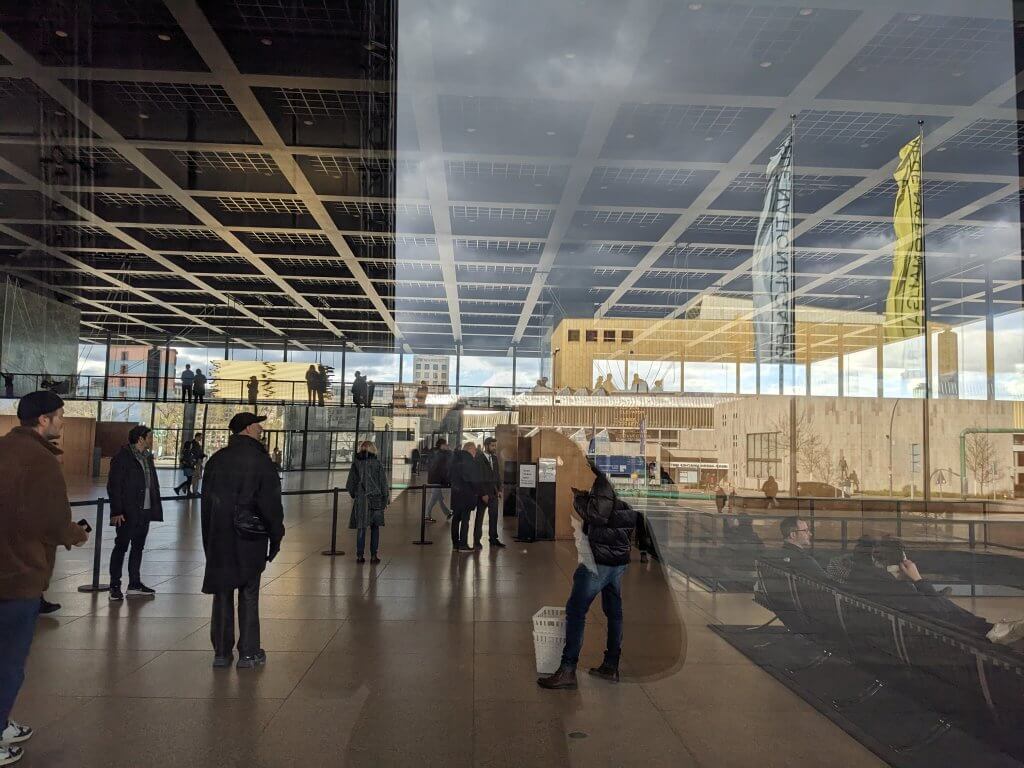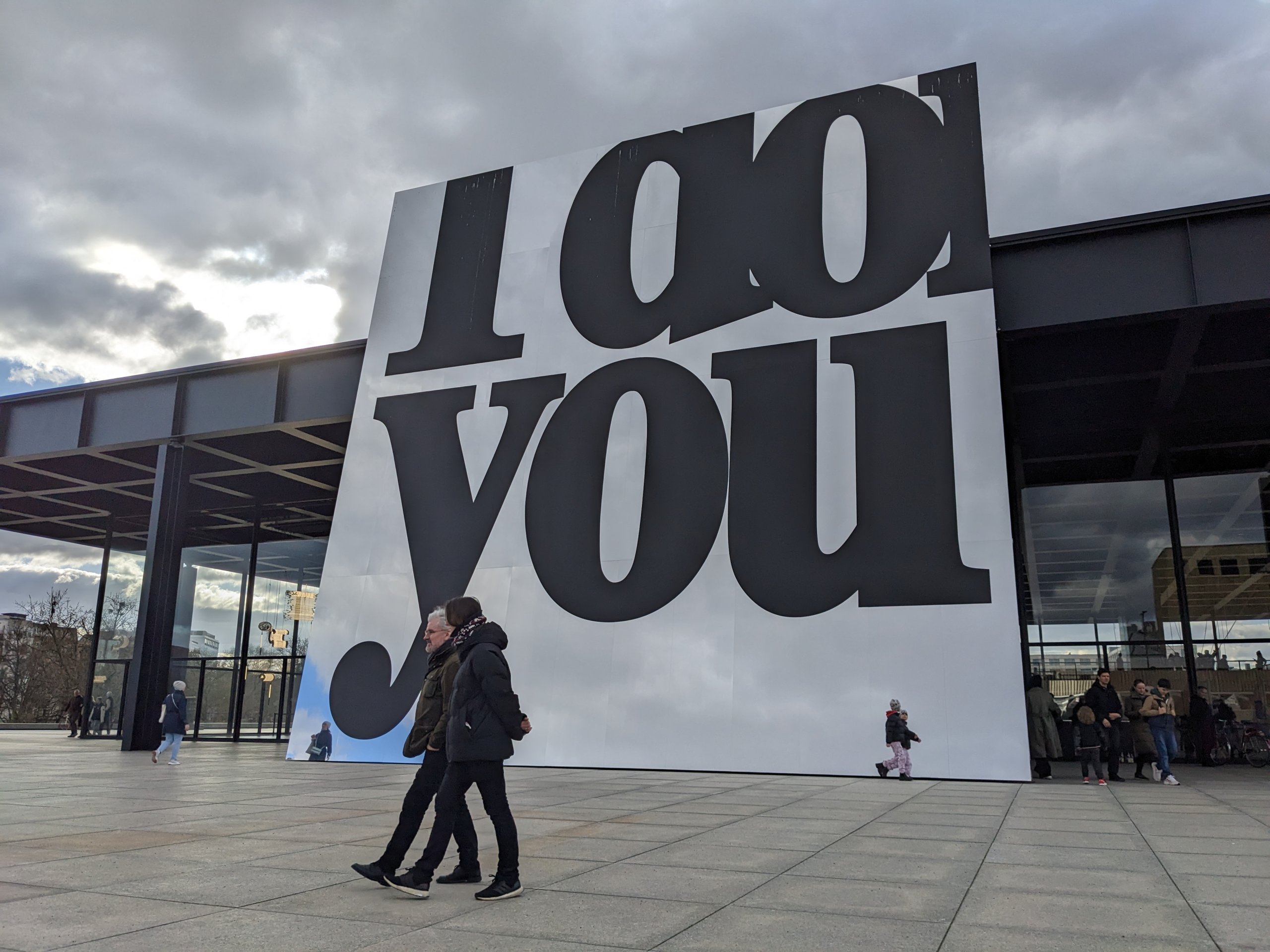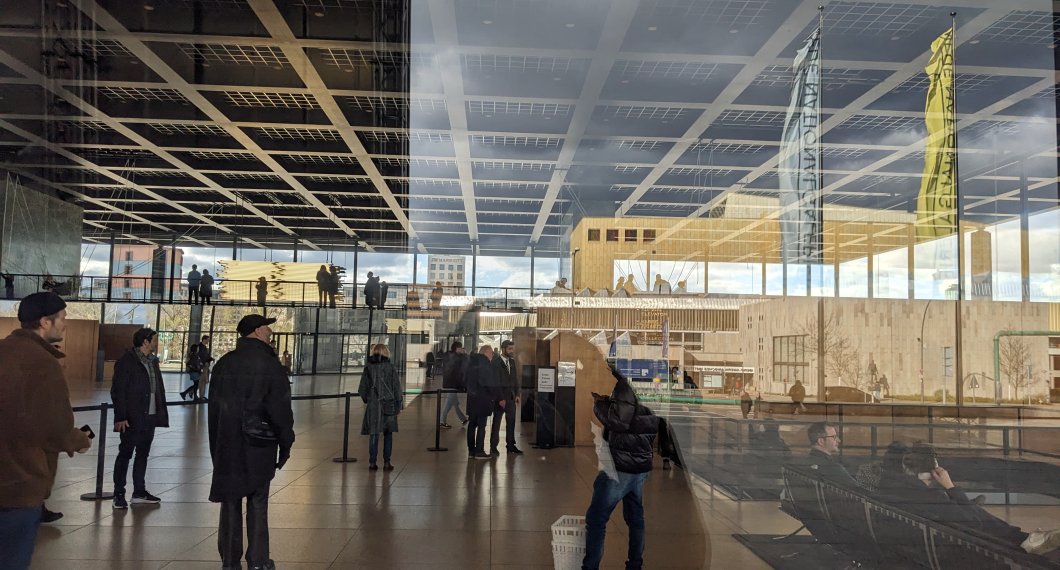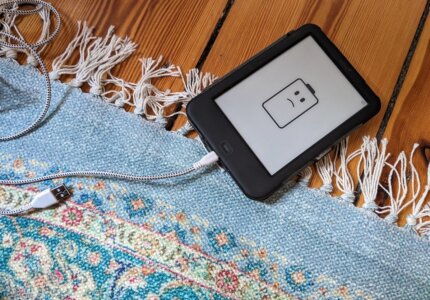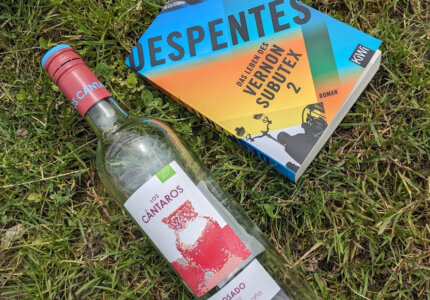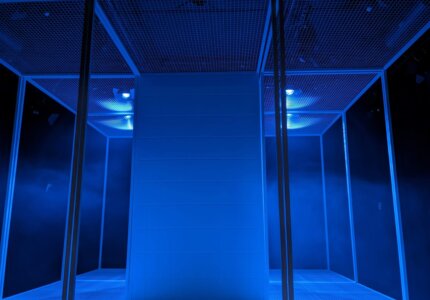Why do people like to wear black outfits at art exhibitions?
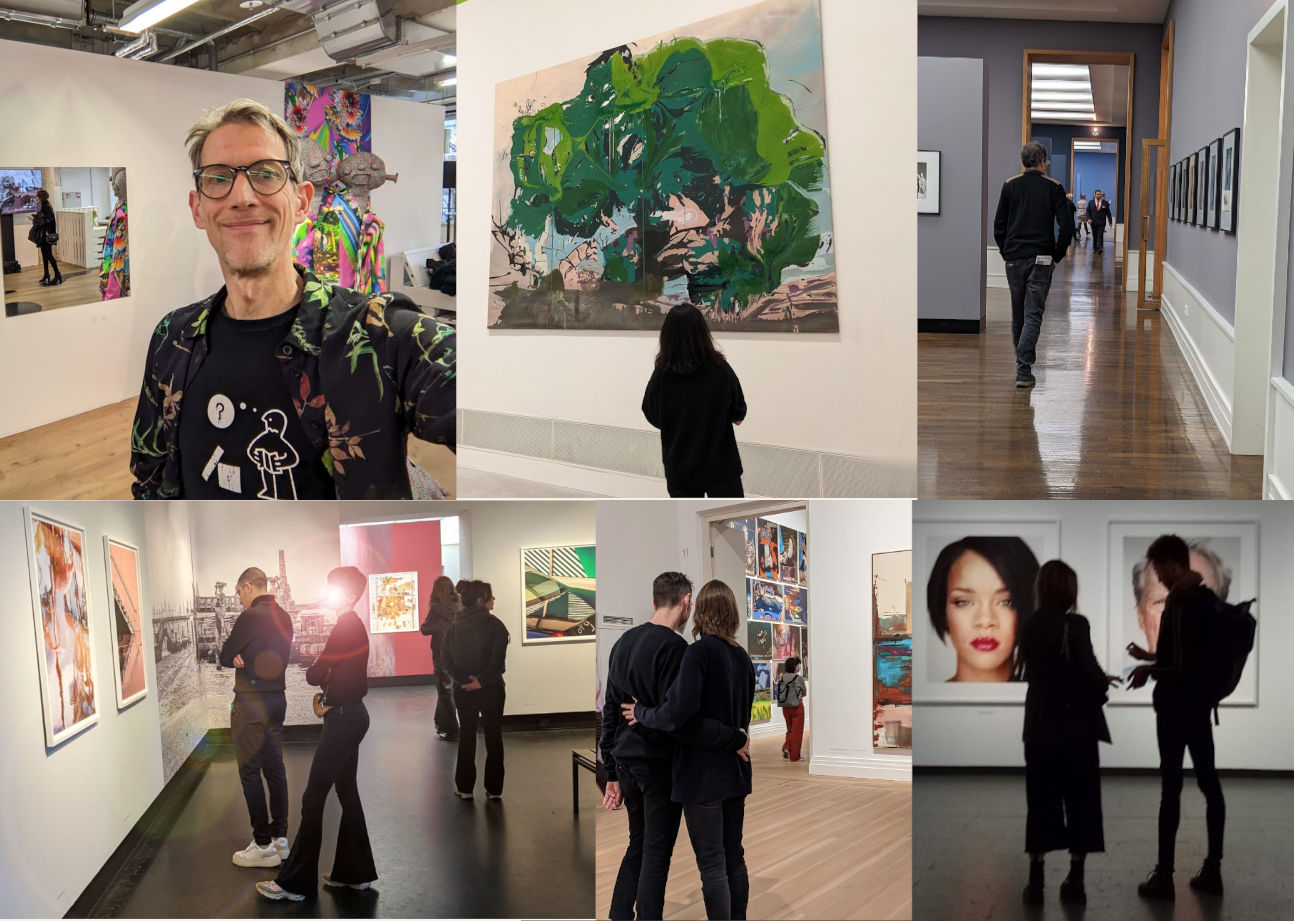
Maybe they don’t want to disturb the visual experience? But then again, there are so many other details and impressions in a gallery. Wall color, floor material, lights, and technical installations. Some exhibitions reduce lights and only focus on the objects, which are often behind glass, causing optical reflections not intended by the artists as well.
You probably can’t eliminate disturbing the original artwork and you shouldn’t. Isn’t it one important aspect of art that every piece interacts with the beholder and might change into something new in another context?
As I learned only recently, color photography wasn’t considered art for a long time. When it came up, photography wasn’t art at all, but why would artists restrict themselves to “black and white” (actually gray scale) photography for decades? It is hard to understand art in its original context. Do we even have a chance to understand the original intention and relive the original feeling? Probably not. But artists don’t need to hide their context and intentions either. So what about William Eggleston refusing to give titles to his works, often even omitting time and location?
“Mystery of the Ordinary”
Eggleston, a photographer who was recently celebrated again in c/o Berlin’s Amerikahaus location, refused to make political statements and who found titles, dates and locations inartistic and tending to distract from the diversity of the image content. I agree, at least with regard to the titles. Nevertheless, I think it’s a shame to limit the work to aesthetics, as it seems to miss the opportunity to tell a large international audience much more. But perhaps it’s just right to leave them curious with unanswered questions.
If we look at historical photography from today’s perspective, the social and political problems of the time are almost incomprehensible. Nan Goldin’s then unheard-of photography of queer people, who often seem surprisingly normal from today’s perspective, and her more aesthetic snapshots, which certainly show parallels to other American artists such as William Eggleston, touch us on different levels.
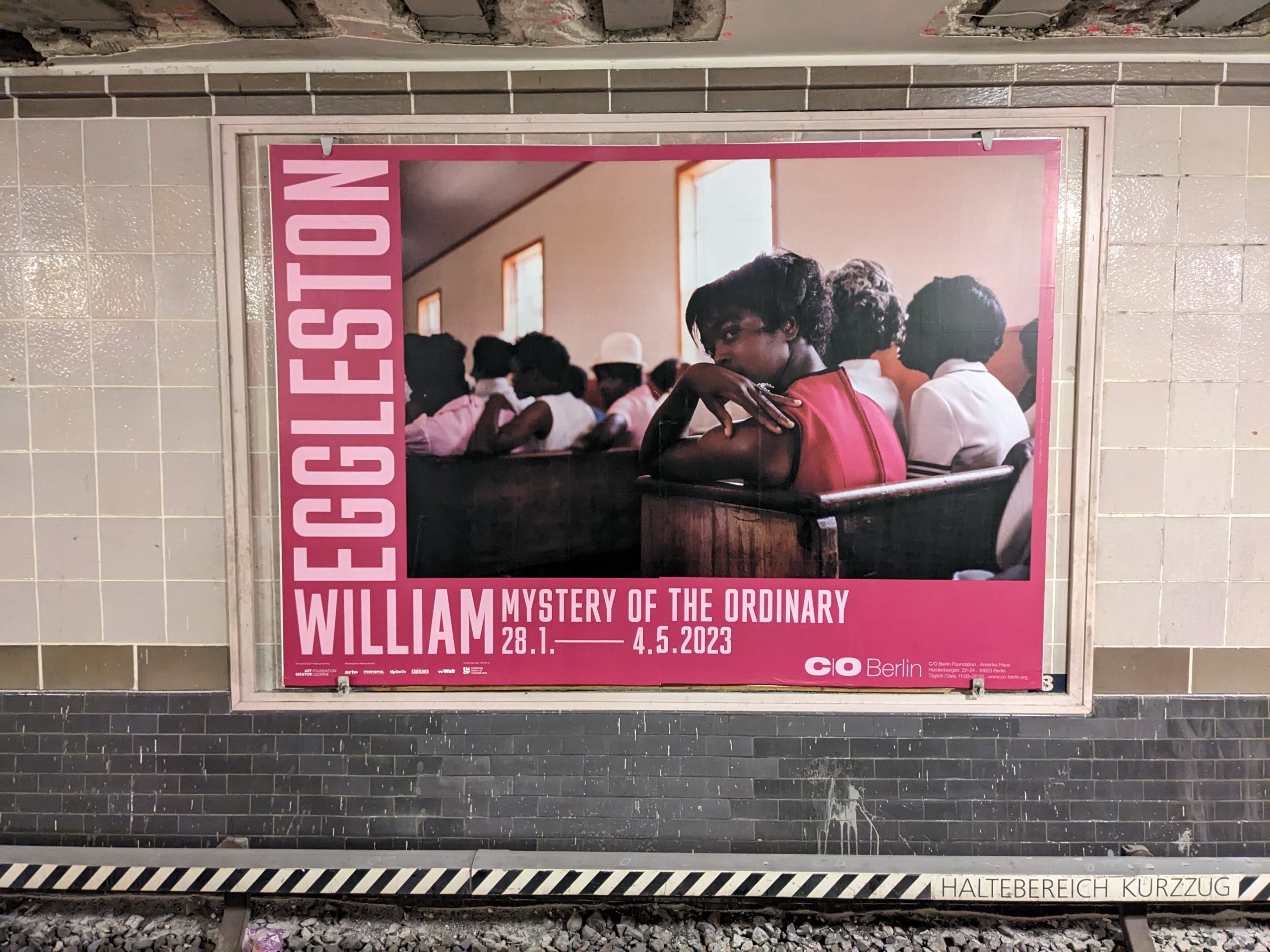
Double Exposure by Nan Goldin
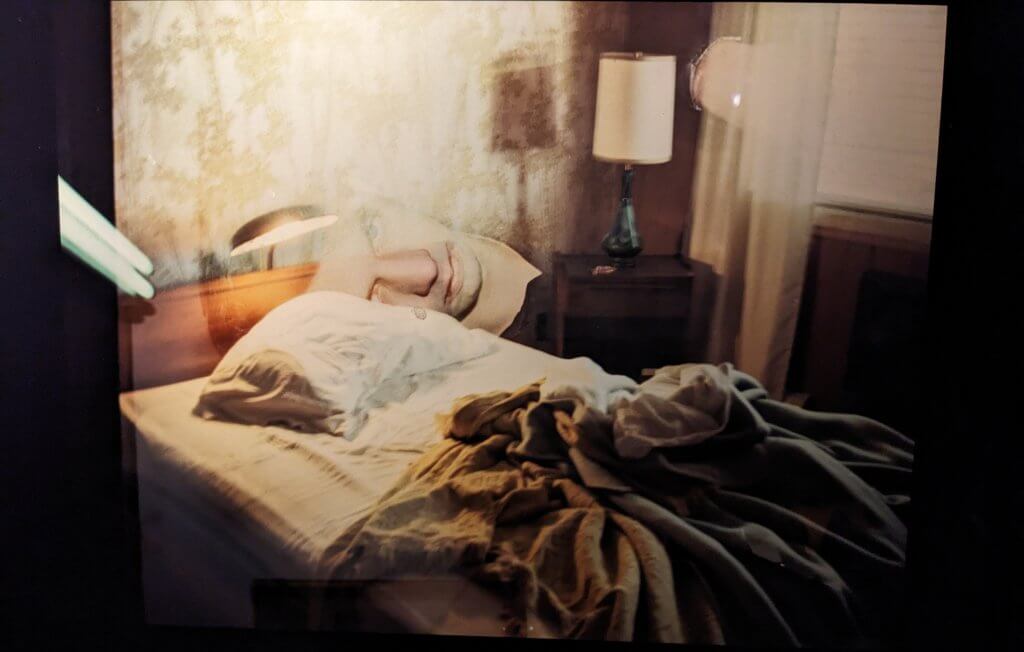
Eggleston’s eloquent silence vs. the activism of Nan Goldin or Vivienne Westwood. Both can also be seen in the cinema (Nan Goldin: All the Beauty and the Bloodshed and Vivienne Westwood: Punk. Icon. Activist or, according to my original notes: “Renegades of Fashion”). Both express critical thoughts in many respects. Westwood also looked at the commercialization of her own fashion company and wondered to what extent critical subcultures, such as punk, are tolerated in Great Britain and other Western democracies only as a proof of the supposed freedom of expression.
Critical opinions can be disseminated, experimental art can be shown and weird music can be played. Critical artists are not persecuted, shadowed, suppressed or imprisoned. But are they listened to, is society ready for change? Liberal societies secure power and rule in more subtle ways. On the surface, we are free, and societies do change, albeit very slowly.
L’Art pour l’art? What is Eggleston not telling us?
Still in the museum, what should Eggleston, what should the curators, what should I as a visitor have done differently? Why is Eggleston silent about the past of his family of origin in the cotton plantation era? Deliberately without a title, date or location, “because it has nothing to do with photography”, photos like these are anything but unhistorical and apolitical. His democratic camera, his “photograph the ugly”, “this is what people look like” invites you to discover every detail of a moment openly and impartially without priming and framing through titles and attributions, or to discuss it with other visitors to the exhibition. It is only the documentary film with his son that adds context and suggests that Eggleston’s father and his driver may be shown here. From today’s perspective, the vintage charm reminiscent of US series such as the streets of San Francisco is fascinating. The parallel pose of the two people photographed is timeless and again socially exciting. Despite the recognizable roles, they both stand there in such a similar way, as if they were brothers, perhaps having grown up as playmates in a similar way?
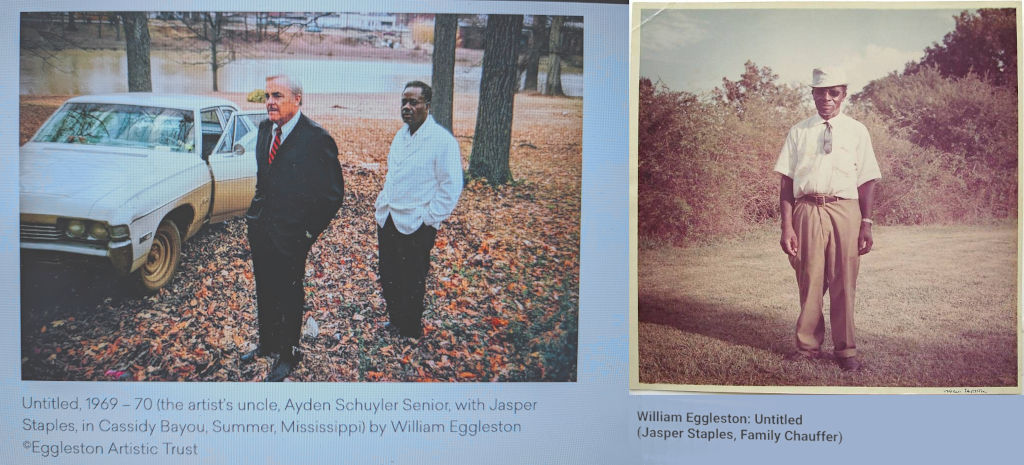
William Eggleston: Untitled (1969-70: the artist’s uncle, Ayden Schuyler Senior with Jasper Staples in Cassidy Bayou); William Eggleston: Untitled (Jasper Staples, family chaufer)
From Black and White to Color
Aesthetically, it was ostensibly about bringing more color into photography, but from black and white to color naturally has a subtext that we can understand quite differently today. In fact, this photo has inspired many art critics.
His situation, his artistic view of the southern states and the dilemma of receiving so much attention as an old white man in 2023 in a multicultural city like Berlin through his own exhibition? Perhaps it’s a good thing that we are initially open to the aesthetic details and appreciate every color, every spot and every leaf in his photos, but then become curious about what is actually hidden behind the many untitled pictures instead of being bored by a preconceived interpretation. Apart from the hints about his origins when he drives, photographs and talks with his son in the film, even a first quick search on the internet reveals some background information.
Nevertheless, it’s still a pity that, once again, an old white man is presented here instead of many others whose works would have deserved at least as much attention.
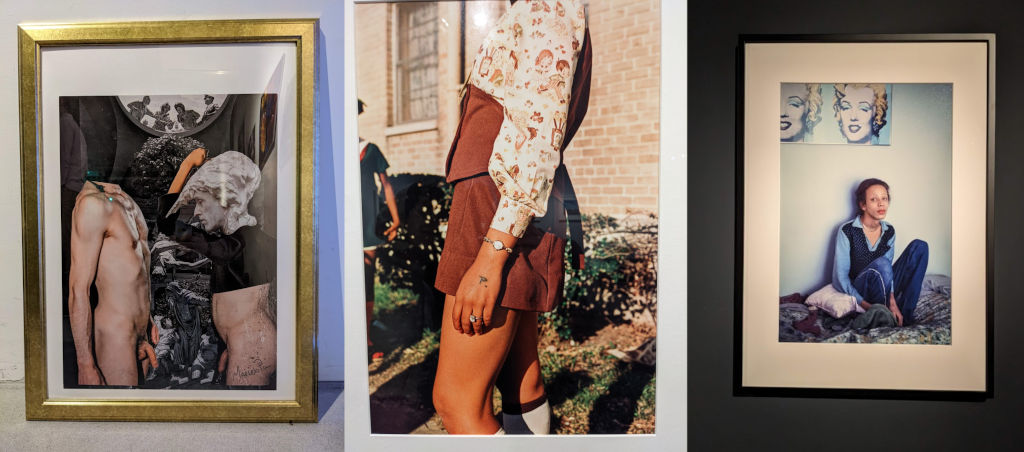
“Found Collages”
Rarely do works raise so many questions that bring strangers into conversation with each other. The above-mentioned exhibition of the “timeless” Eggleston photographs at c/o Berlin was complemented by Anastasia Samoylova’s “found collages” from Florida.
The catastrophes and crises mentioned in the accompanying texts and interpretations are not immediately recognizable in her works. Aesthetics, colors and forms fascinate in their apparent surrealism. Which mirror did the photographer stand in front of at which window to create a work such as “Venus Mirror” using only her camera, the parts of which are separated from and merge into one another in a seemingly impossible way?
Colours and Reflections
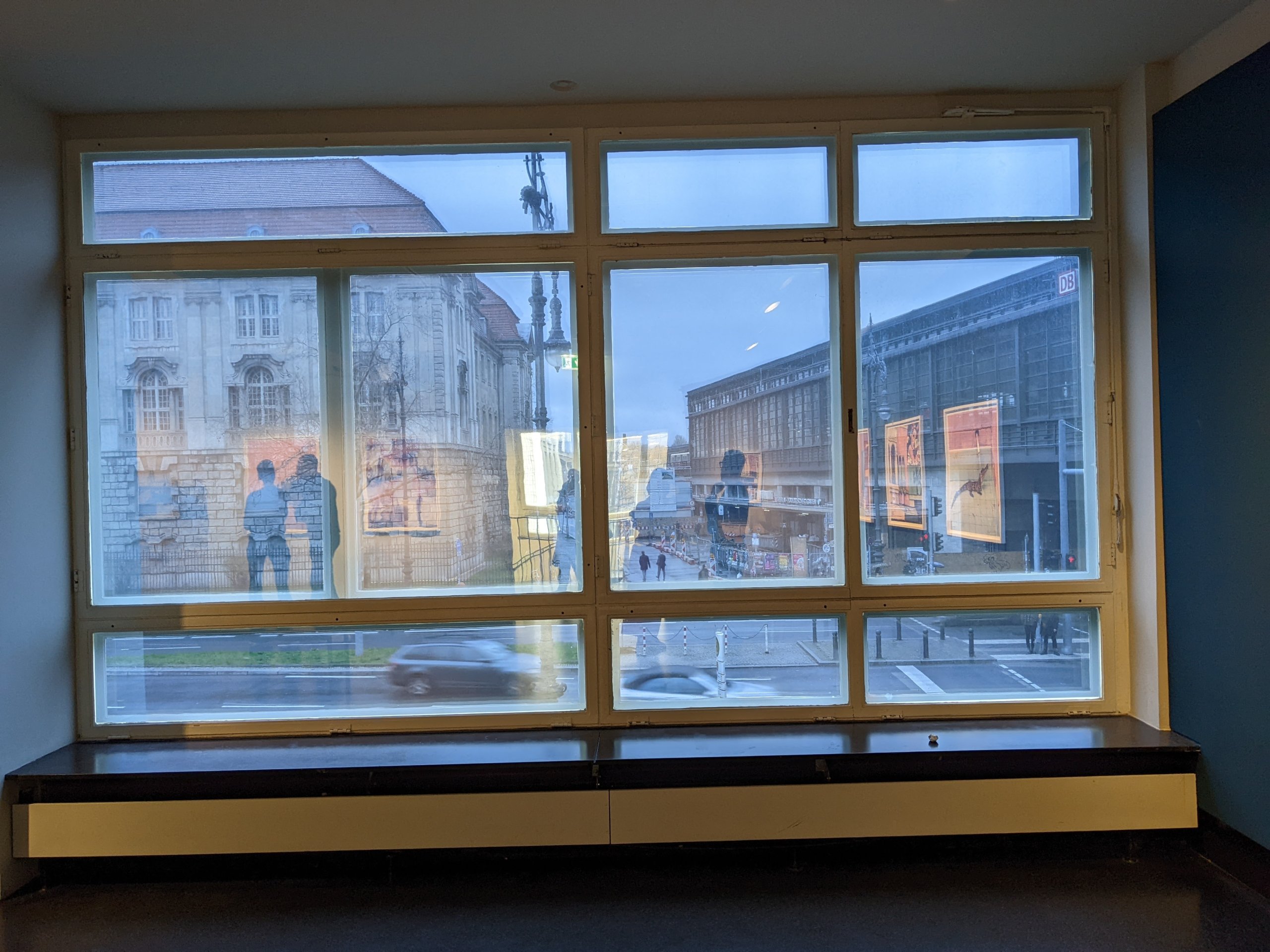
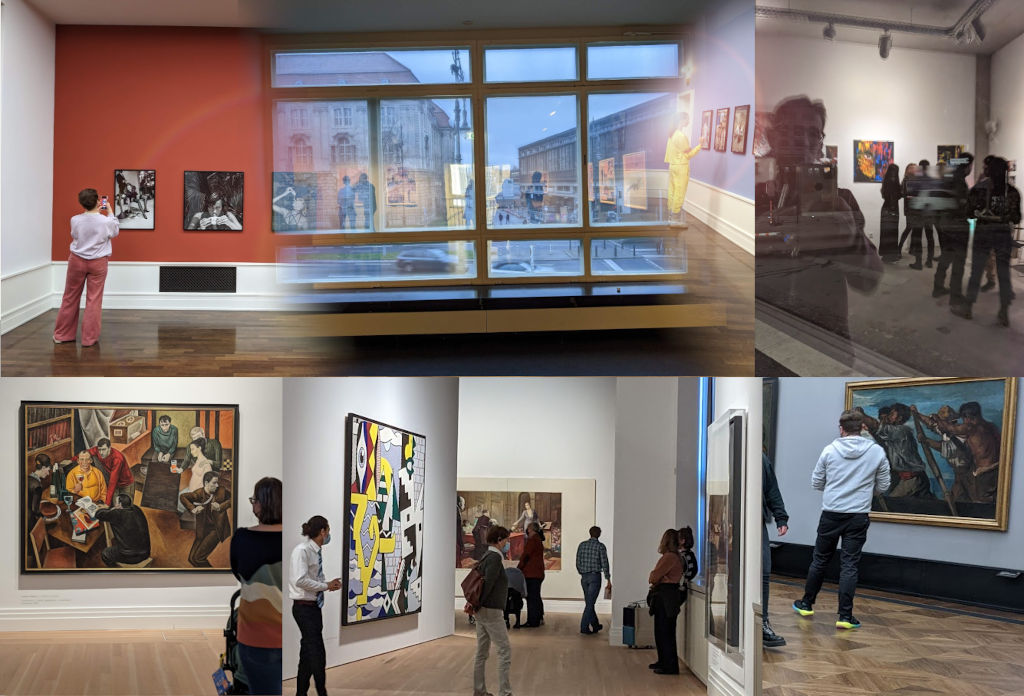
Colorlessness and distinguished paleness: some people at least seem to take themselves back, shadowy forms that only seem to feed on spiritual things. Others stage themselves colorfully and loudly and are sometimes more exciting than the exhibits. As here in the (as one visitor said, possibly totally overrated) reflection installation at the new National Gallery in Berlin, in front of which people were queuing up and missing the at least equally inspiring exhibitions in the neighboring Kunstgewerbemuseum.
